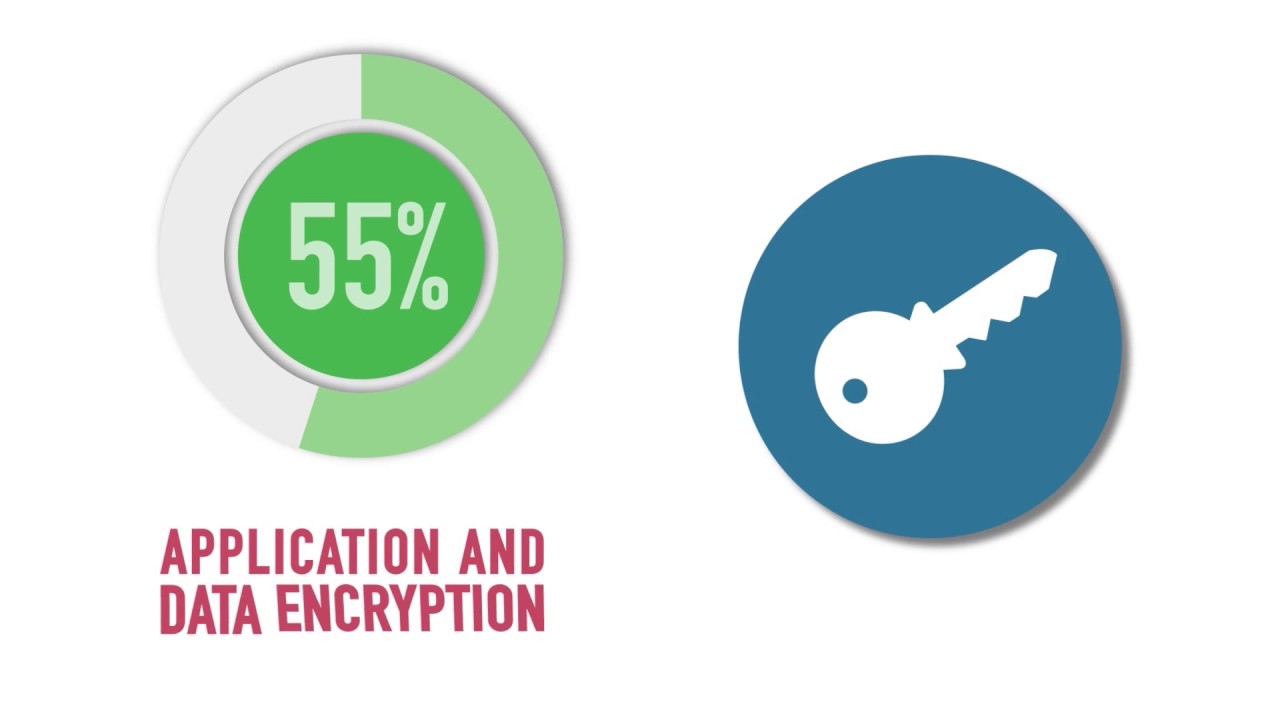Federal computer chip funding to require security restrictions, worker benefits
WASHINGTON (AP) — The Commerce Department is opening the application process for computer chip manufacturers to access $39 billion in government support to build new factories and expand production.
All companies seeking the funds will need to show how they plan to develop a local workforce, with firms getting $150 million or more also required to provide affordable and accessible child care for their workers.
WATCH: Biden touts semiconductor technology policy in California amid tight midterm race
The funding is part of the CHIPS and Science Act, which President Joe Biden signed into law last August. Grants, loans and loan guarantees are meant to revive domestic production of computer chips.
It’s aimed at sharpening the U.S. edge in military technology and manufacturing while minimizing the kinds of supply disruptions that occurred in 2021, after the start of the coronavirus pandemic, when a shortage of chips shut down factory assembly lines and fueled inflation.
“This is fundamentally a national security initiative,” Commerce Secretary Gina Raimondo said as the application process began Tuesday. “We are not writing blank checks to any company that asks.”
WATCH: Biden gives speech in Ohio on boosting American manufacturing
The money is meant to support private investment in new factories and can be clawed back if companies use it on stock buybacks instead. Major companies such as Intel, TSMC, IBM, Micron and Texas Instruments have already launched aggressive expansions tied to the support, which will total $52 billion when coupled with funding for research.
Raimondo said that any company that receives support cannot expand its manufacturing capacity in foreign countries that are a source of national security concerns, a restriction that would appear to apply to China. Nor could recipients partner with firms based in those countries for the purposes of developing advanced technologies.
The Commerce Department said companies can start submitting their statements of interest on Tuesday. That’s the first step in a process that includes a draft proposal, a final proposal and a government evaluation of the proposal before reaching a final award.
…



